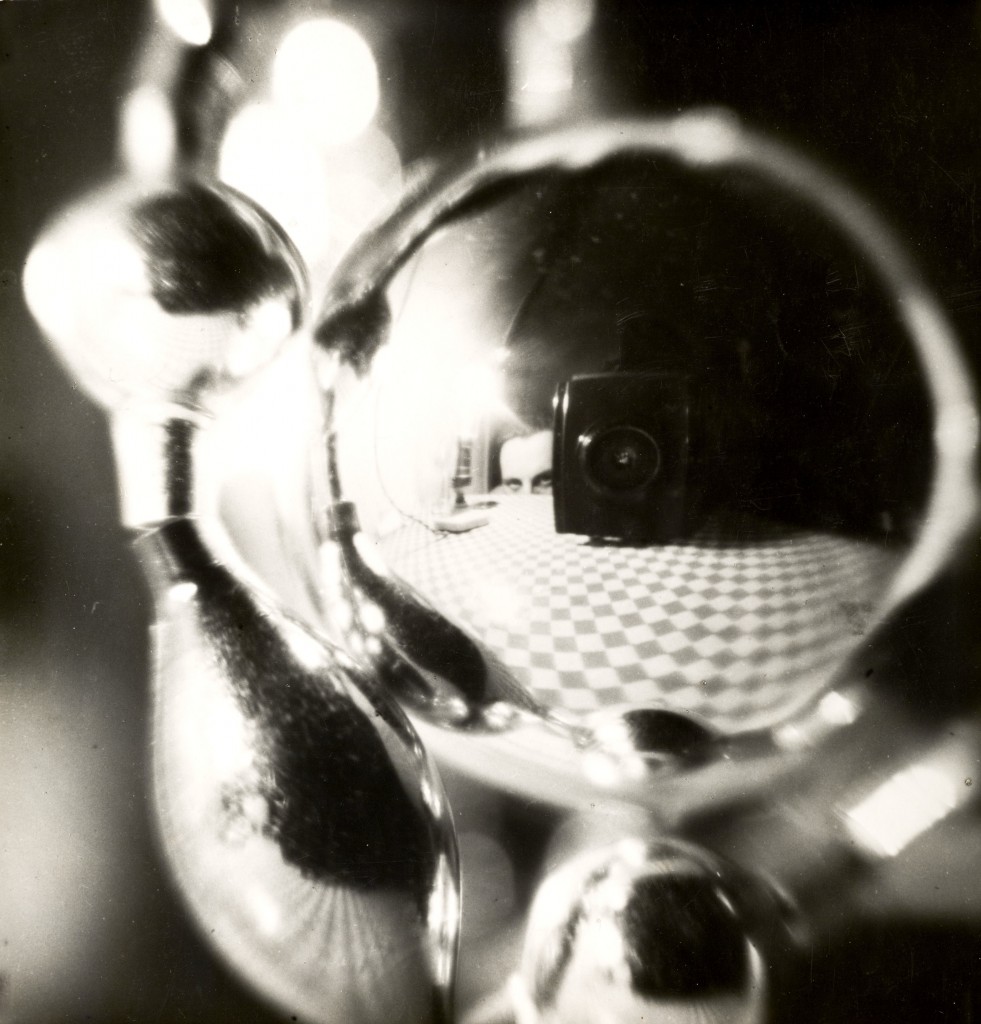
On view in A. Charlotte Mann and Joshua Mann Pailet Gallery, this exhibition presents a selection of works from the permanent collection by Brassaï, Jaroslav Rossler, Florence Henri, Clarence John Laughlin, and others that investigate, play with, and exploit reflections and mirror images in modern photography.
The use of mirrors and reflections proliferated in modern photography between the world wars. This was a time of extensive philosophical self-reflection spurred by the growing interest in the field of psychology with Sigmund Freud and Carl Jung, and modern societies’ struggle to remodel themselves after the ravages of World War I. Global anxiety, coupled with the desire to look inward, could have provoked artists’ obsession with the mirror.
This practice was geographically and philosophically widespread. The depiction of reflections was seen throughout Europe, particularly in France, Germany, and Czechoslovakia, and in the United States. Artists from disparate backgrounds and ideologies adopted and adapted the technique to suit their goals, further revealing the depth of an underlying identity crisis.
While some artists manipulated the photographic process using collage and montage, others represented in this show used the camera as a means of realistic documentation, optical illusion, or a combination of the two. The use of the mirrored surface is in keeping with László Moholy-Nagy’s “New Vision” aesthetic, which argued for the production of a photographic image, rather than a reproduction. The camera was seen as an extension of the artist’s eye, but one that went beyond the human eye’s capability, able to capture limitless depths on a single plane.
The photographic process and resulting photographs act as mirrors, capturing a specific scene and reflecting it back to the viewer. Including reflective surfaces within photographs created a world en abyme, a world that refers to itself within itself. Several artists took the opportunity to include reflections of themselves, and occasionally their cameras, further implicating their process. These works became examinations of the artist and his or her place in society, whether serious and formal like Florence Henri’s Selbsportrait (1928) or lighthearted and experimental like Jaroslav Rossler’s Self-Portrait, Paris (1931).

Self-Portrait
1931
Jaroslav Rossler
Gelatin Silver Print
Museum Purchase
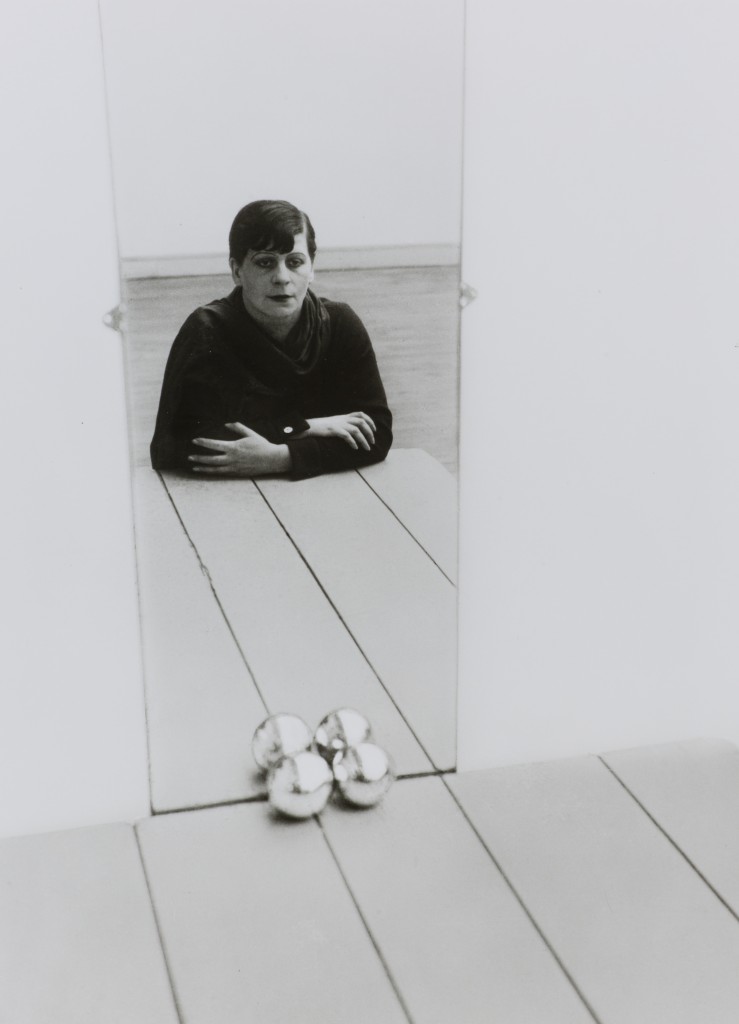
Selbstportrait
1928-1933
Florence Henri
Gelatin Silver Print
Museum purchase through the National Endowment for the Arts and Museum Purchase Funds
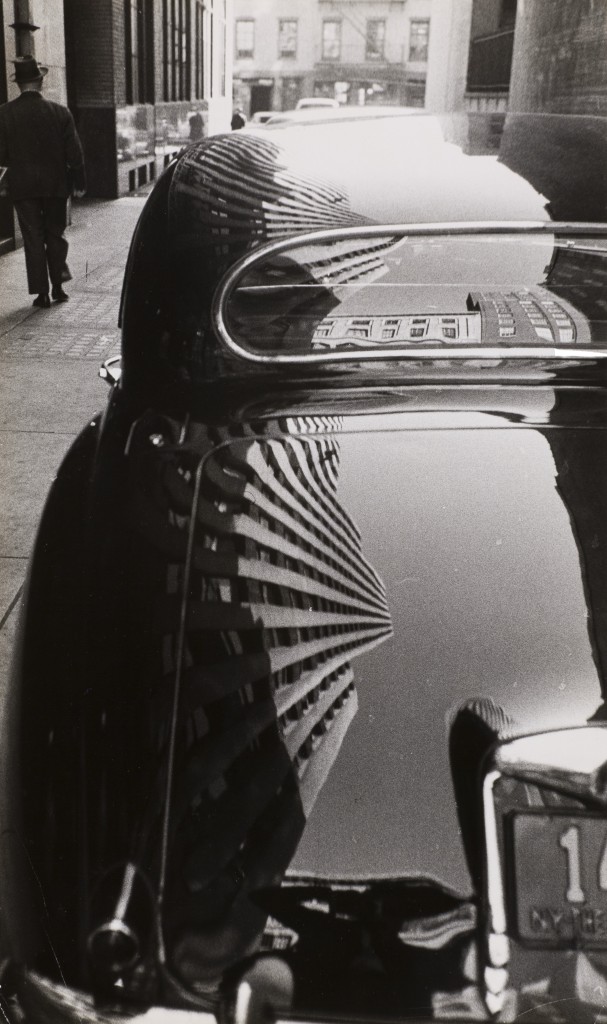
Untitled (Rear Of Rolls)
1955
Werner Bischof
Silver Print
Museum purchase, Zemurray Foundation Funds
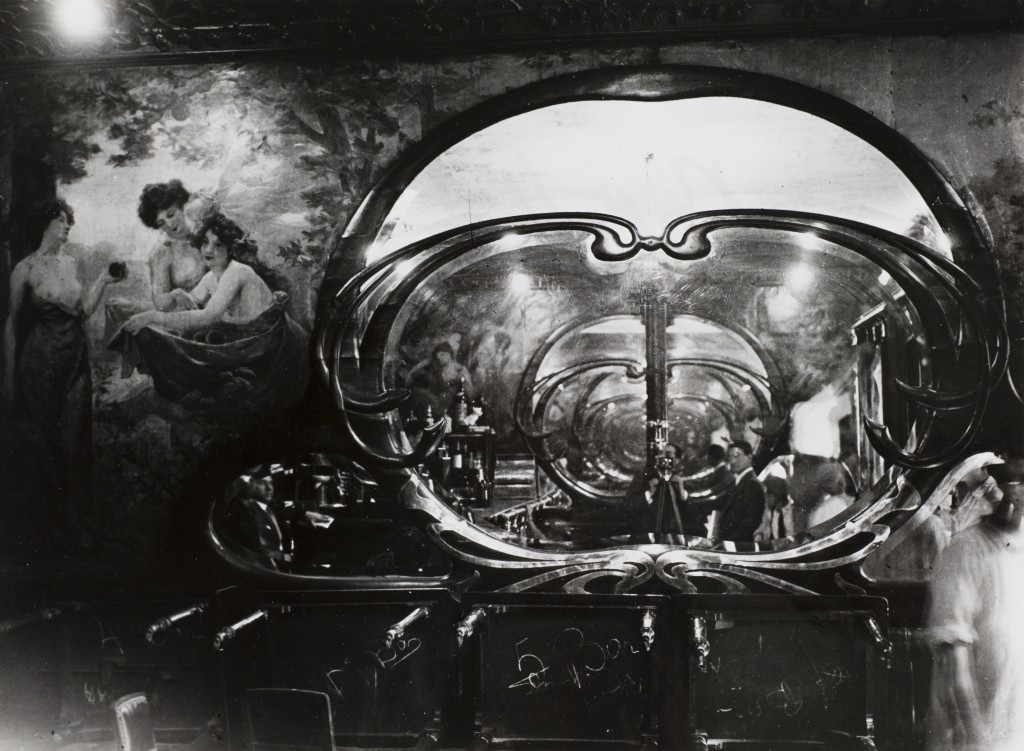
Maxim’s (Decor Ancien)
N.D.
Brassai
Gelatin Silver Print
Gift of Clarence John Laughlin
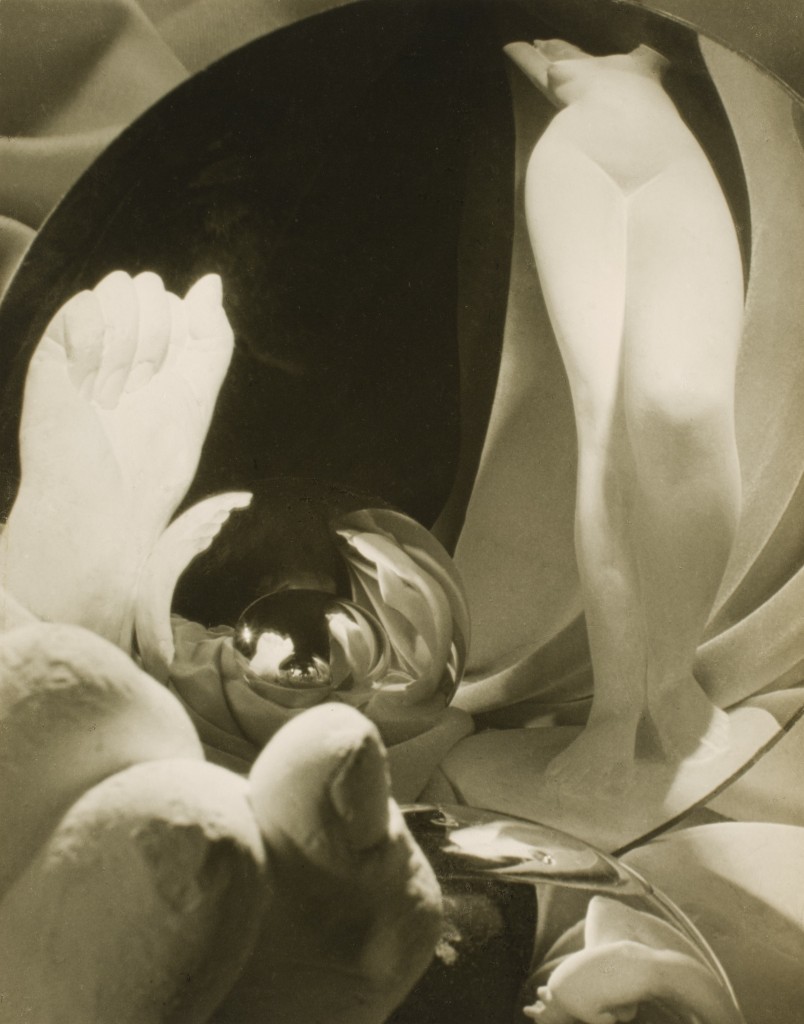
Untitled (Sculpture Distortion)
Circa 1940
James Hamilton Brown
Gelatin Silver Print
Museum purchase, Clarence John Laughlin Photographic Society Fund
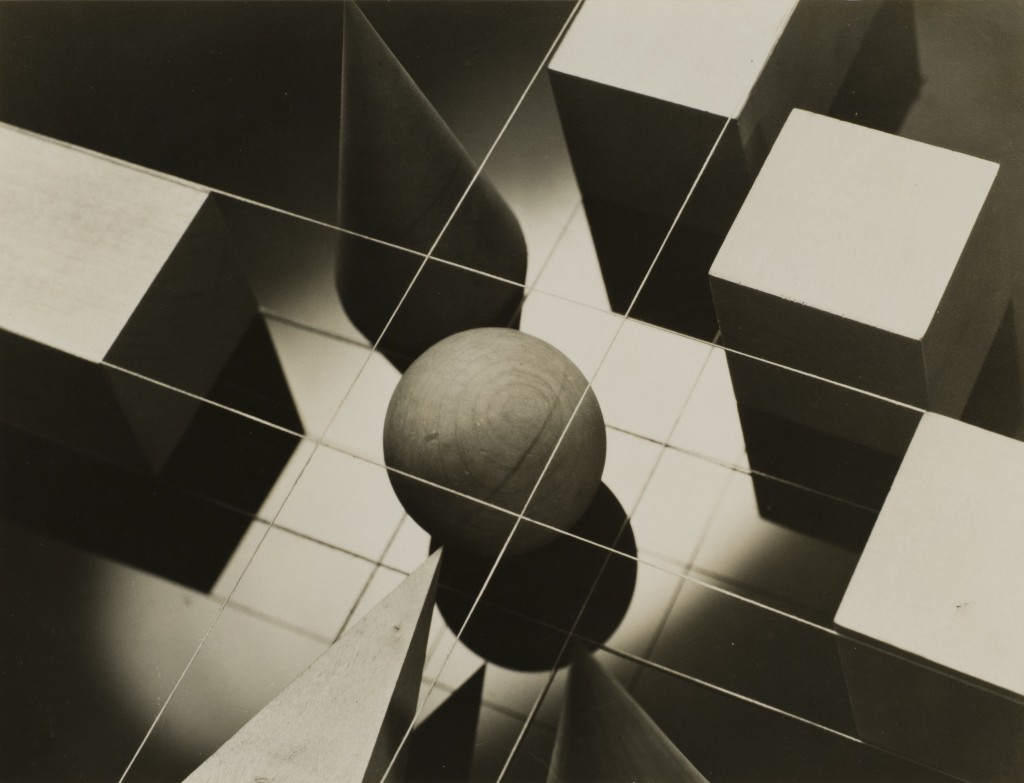
Geometric Design
1920-1933
Arthur Gerlach
Silver Print
Museum purchase, Mr. and Mrs. H. Blumenthal Fund
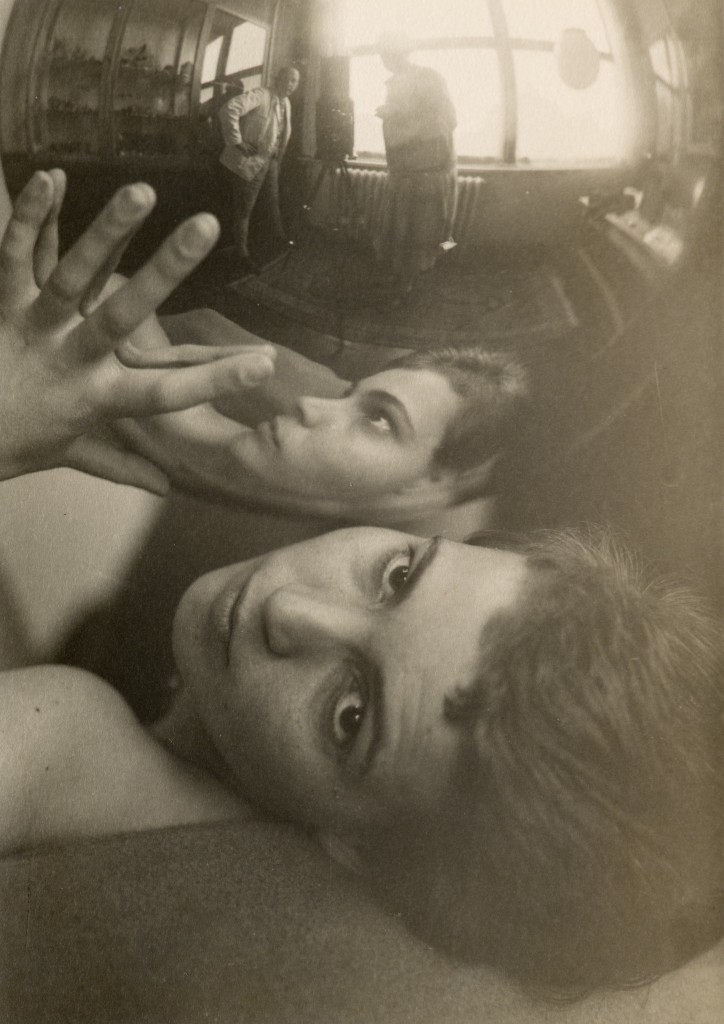
Composition with Head and Ball
Late 1920s - Early 1930s
Wenzel Hablik
Silver Gelatin Print
Museum purchase, General Acquisition Fund